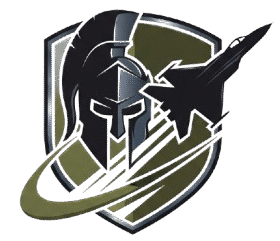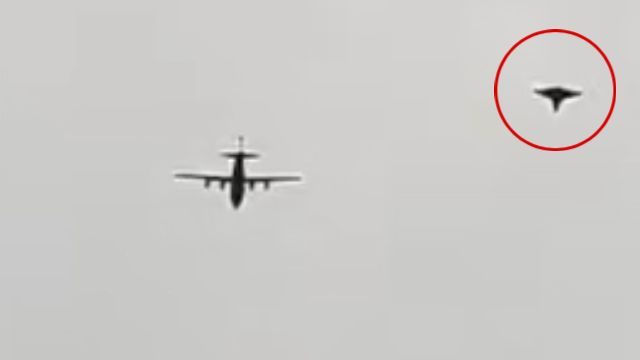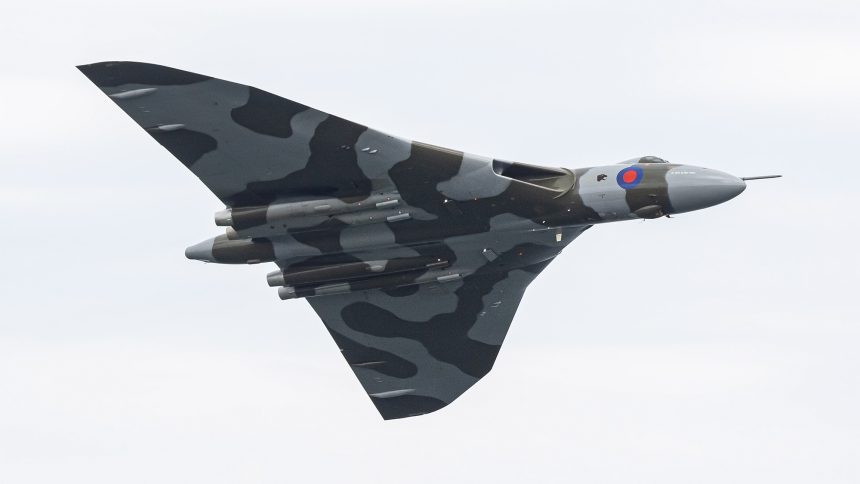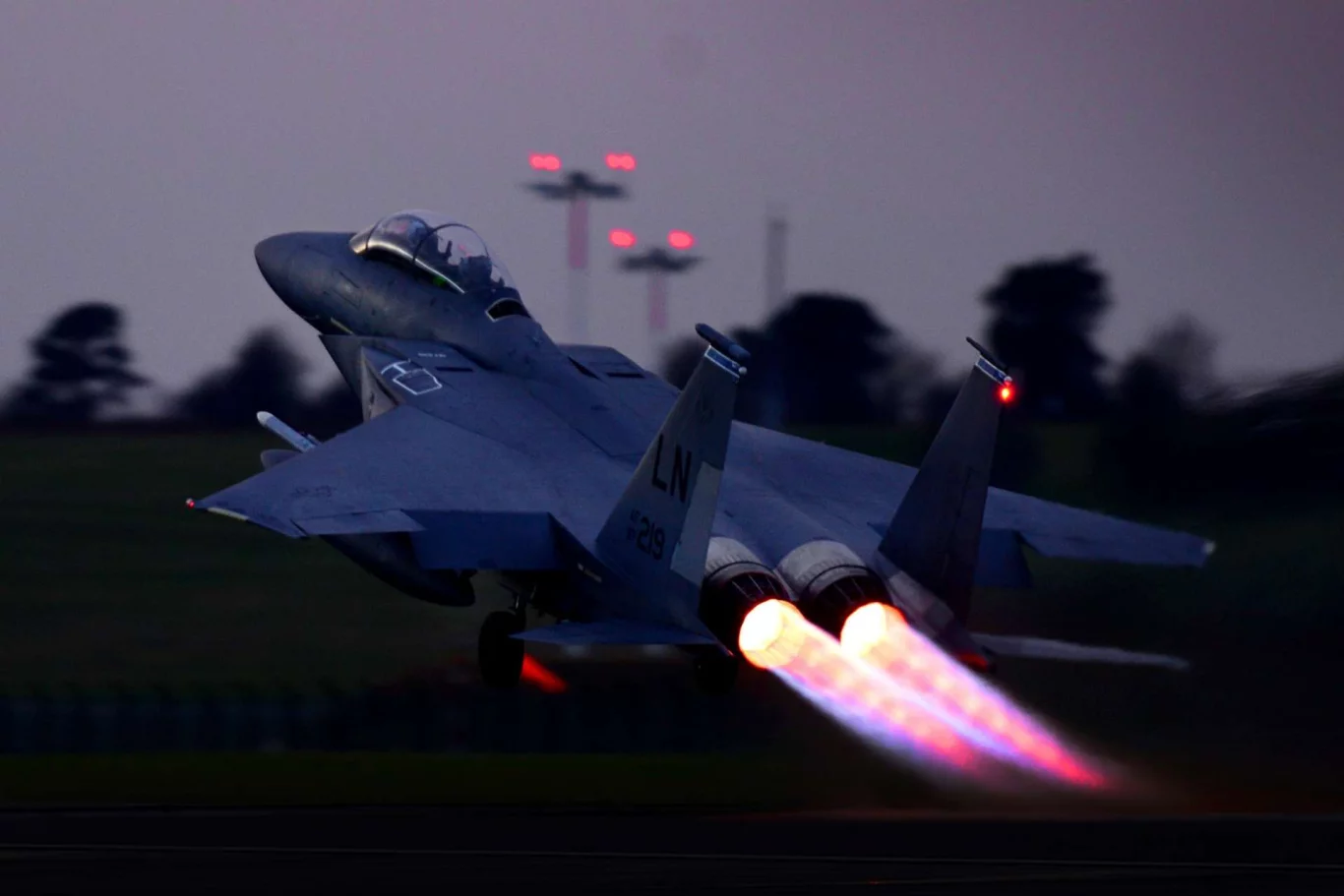In a groundbreaking development for China’s military aviation, the first-ever video footage of the Collaborative Combat Aircraft (CCA) Unmanned Combat Aerial Vehicle (UCAV) flying alongside a Y-8 or Y-9 transport aircraft has surfaced. Shared on the Chinese social media platform Weibo and spotlighted by OSINT analyst @RupprechtDeino, this footage marks a significant milestone in China’s loyal wingman drone program. The video, posted by Weibo user @lyman2003, offers a rare glimpse into an active flight test, suggesting that the People’s Liberation Army Air Force (PLAAF) is rapidly advancing toward operational integration of this stealthy UCAV. This article explores the CCA’s design, role, tactical significance, and its implications for modern warfare, comparing it with Western equivalents and analyzing its production and future scenarios.
Unveiling the CCA UCAV: A New Era for PLAAF
The CCA UCAV, unofficially named, represents a pivotal advancement in China’s quest to modernize its air force with cutting-edge unmanned technology. Likely developed by AVIC’s Hongdu Aviation Industry Group or Chengdu Aerospace Corporation, the CCA features a flying-wing configuration optimized for a low radar cross-section (RCS), enhancing its stealth capabilities. Its sleek design, devoid of visible external sensors, underscores its focus on evading detection, making it a formidable asset for high-stakes missions.
The CCA is designed to serve as a loyal wingman, operating alongside manned aircraft such as the J-20 stealth fighter or command platforms like the Y-8/Y-9. Its primary roles include tactical support, real-time data sharing, and enhanced situational awareness. Beyond this, the CCA is expected to conduct deep-strike missions, Suppression/Destruction of Enemy Air Defenses (SEAD/DEAD), surveillance, electronic warfare, and target designation for long-range missile strikes. This versatility positions the CCA as a multi-role platform capable of amplifying the PLAAF’s operational reach in complex combat scenarios.
First Footage: Context and Significance
The recently surfaced video, though brief, has sparked global interest among defense analysts and enthusiasts. It shows the CCA UCAV flying in tight formation with a Y-8 or Y-9 transport aircraft, a workhorse of the PLAAF. The presence of the Y-8/Y-9, likely serving as a command or control hub, indicates a deliberate test of operational synergy between manned and unmanned platforms. This flight test likely evaluates the CCA’s ability to communicate, share real-time data, and execute coordinated maneuvers, a cornerstone of modern networked warfare.
The video’s appearance on Weibo, a platform often used for controlled leaks of China’s military advancements, raises speculation about whether this reveal was intentional. Such strategic disclosures often signal confidence in a program’s progress, suggesting that the CCA is moving from prototype to operational testing. This milestone underscores China’s accelerated efforts to integrate unmanned systems into its combat doctrine, positioning the PLAAF as a leader in next-generation aerial warfare.
Technical Features and Capabilities
Stealth and Design
The CCA’s flying-wing configuration is a hallmark of its stealth design, minimizing its radar signature to evade enemy detection. The absence of external sensors enhances its low-observable profile, making it ideal for penetrating contested environments. This design aligns with global trends in UCAV development, where stealth is critical for survivability in modern airspaces dominated by advanced radar and missile systems.
Multi-Role Functionality
The CCA is engineered for a range of high-impact missions:
- SEAD/DEAD Operations: Neutralizing enemy radar and missile systems to clear paths for manned aircraft.
- Decoy Role: Drawing enemy fire to protect piloted jets.
- Surveillance and Electronic Warfare: Gathering intelligence and disrupting enemy communications.
- Target Designation: Guiding long-range missiles to strike high-value targets with precision.
The CCA’s ability to operate within an intelligent swarm framework allows it to function as part of a networked combat system, sharing data with manned aircraft, satellites, and ground stations. This integration enhances the PLAAF’s situational awareness and tactical flexibility.
Command and Control
The CCA is likely controlled by advanced platforms like the J-20 stealth fighter or command aircraft such as the Y-8/Y-9, as evidenced in the recent footage. This setup enables seamless coordination, where the UCAV acts as a force multiplier, amplifying the effectiveness of manned assets. The Y-8/Y-9’s role as a command hub suggests that the CCA can be managed in real-time, executing autonomous or semi-autonomous tasks based on battlefield requirements.
Comparison with Western Counterparts
The CCA UCAV draws inevitable comparisons with Western loyal wingman programs, as outlined below:
| Feature | China’s CCA UCAV | Boeing MQ-28 Ghost Bat (Australia) | XQ-58A Valkyrie (USA) | S-70 Okhotnik-B (Russia) |
|---|---|---|---|---|
| Developer | Hongdu or Chengdu Aerospace | Boeing Australia | Kratos Defense | Sukhoi |
| Primary Role | Loyal wingman, SEAD/DEAD, surveillance | Loyal wingman, support for manned jets | Multi-role, low-cost UCAV | Stealth, long-range strike |
| Control Platform | J-20, Y-8/Y-9 | Manned fighters | Various USAF platforms | Su-57 |
| Stealth Design | Flying-wing, low RCS | Stealth-optimized | Moderate stealth | Flying-wing, stealthy |
| Development Status | Active flight testing (2025) | Testing phase | Operational testing | Prototype testing |
| Key Advantage | Rapid development cycle | Interoperability with allies | Low cost, reusable | Long-range capabilities |
| Challenges | Limited transparency on autonomy, reliability | Slow procurement process | Limited stealth | Delayed testing |
China’s CCA stands out for its rapid development, likely driven by a decentralized production model that leverages multiple facilities across the country. This approach enables parallel manufacturing and faster iteration compared to Western programs, which often face delays due to rigorous testing and bureaucratic hurdles. However, the CCA’s autonomy level and combat readiness remain unclear, as China has not publicly disclosed details about its artificial intelligence or decision-making capabilities. In contrast, Western programs like the MQ-28 Ghost Bat and XQ-58A Valkyrie benefit from transparent testing phases, fostering trust in their interoperability.
Production and Program Status
The CCA program’s journey has been shrouded in secrecy, with fragmented evidence providing clues to its progress. The first hint emerged in 2022, when satellite imagery revealed a prototype at an undisclosed facility. A second prototype appeared in 2023, indicating steady refinement. The recent video marks a transition to tactical testing, suggesting the program is maturing rapidly.
While no official designation has been confirmed, analysts link the CCA to the J-XY initiative, potentially tied to China’s sixth-generation fighter development. Hongdu Aviation Industry Group or Chengdu Aerospace Corporation are likely leading the effort, given their expertise in unmanned systems and stealth technology. The rapid rollout of prototypes and flight tests points to a well-funded program, possibly accelerated by China’s decentralized industrial base. However, the lack of public milestones or naming conventions keeps the program’s scope and timeline speculative.
Tactical Significance and Future Scenarios
The CCA’s flight alongside a Y-8/Y-9 signals China’s ambition to create a system of systems combat network, where unmanned assets integrate seamlessly with manned platforms, satellites, and ground stations. This capability could enable the PLAAF to execute complex missions with unprecedented flexibility. Potential scenarios include:
- Small Formations: 2–4 CCA drones, guided by a J-20 or ground control, conducting deep penetration missions or SEAD/DEAD operations.
- Contested Regions: Deployment in the Taiwan Strait or South China Sea, where the CCA’s stealth and versatility could secure air superiority.
- Swarm Tactics: Operating within an intelligent swarm to overwhelm enemy defenses with coordinated strikes and real-time intelligence.
These scenarios align with China’s goal of projecting power beyond its borders, leveraging the CCA to redefine aerial combat. The drone’s integration with platforms like the Y-8/Y-9 or J-20 suggests a focus on real-time autonomous management, enhancing the PLAAF’s ability to adapt to dynamic battlefield conditions.
Challenges and Next Steps
Despite its rapid progress, the CCA program faces challenges:
- Autonomy and Reliability: The extent of the CCA’s autonomous capabilities remains unknown, raising questions about its performance in contested environments.
- Combat Readiness: Limited public demonstrations obscure its reliability and operational readiness.
- Interoperability: While the CCA integrates with PLAAF platforms, its ability to operate in coalition scenarios with allies remains untested.
The next critical step involves monitoring additional footage or leaks to clarify the CCA’s configuration, payload, and endurance. As China advances its unmanned technology, the CCA could reshape the balance of power, particularly in contested regions. However, its success hinges on overcoming technical and operational hurdles.
Conclusion
The first-ever footage of China’s CCA UCAV flying with a Y-8/Y-9 transport aircraft marks a pivotal moment in the PLAAF’s modernization efforts. With its stealthy design, multi-role capabilities, and integration into a networked combat framework, the CCA positions China as a leader in unmanned warfare. While its rapid development outpaces some Western counterparts, uncertainties around autonomy and reliability persist. As the PLA continues testing and refining the CCA, the world watches closely, anticipating its impact on future conflicts and the global balance of power.




